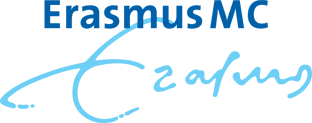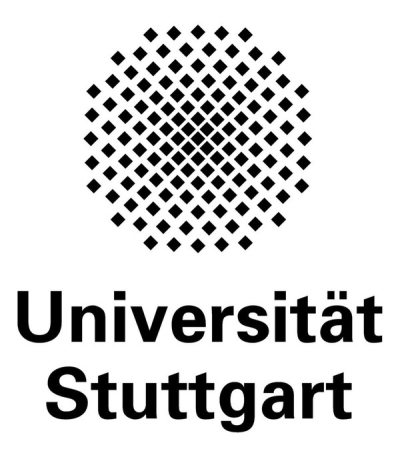An ultra-small two-colour fluorescence microscope for intravital imaging
Fluorescence microscopy finds wide application in the health and life sciences, but fluorescence microscopes are often bulky and expensive. The consortium will develop a portable low-cost intravital fluorescence microscope tailored for regenerative medicine, neuroscience or cancer research. The development of our miniature two-colour fluorescence imager will be catalysed by partnering with Everix Optical filters and the 4th Physics institute at the University of Stuttgart.
By creating a low-cost portable microscope for two-colour fluorescence imaging, our technology becomes accessible to scientists on a tight budget, or those that would like to scale up their research in a cost-effective manner. Moreover, our miniature microscopes will facilitate intravital imaging of tumour growth, tissue regeneration or prevalent neurological conditions in animal disease models. This should significantly advance research and find cures for numerous diseases that have both a large economic and societal impact.
Results arrived at through this consortium:
- Partner Everix has succeeded in developing flexible optical filters with high optical density and good light transmittance in a narrow bandwidth making them suited for intravital fluorescence imaging.
- Partner Stuttgart University has designed and printed a lens that is suitable for use in our miniscope.
- Erasmus MC was able to test and integrate the parts in a miniscope and validate the system by imaging activity in cortical circuits.
- Dual-band imaging is feasible and requires integration of a multi-notch filter in our design
The consortium has developed technology that provides the basis for ultra-light devices for live cell imaging. In the future collaborations with our partners could further advance device capabilities by extending the field of view, implementing computational imaging to improve resolution and multi-band filters for combined stimulation and read-out in living tissue.



